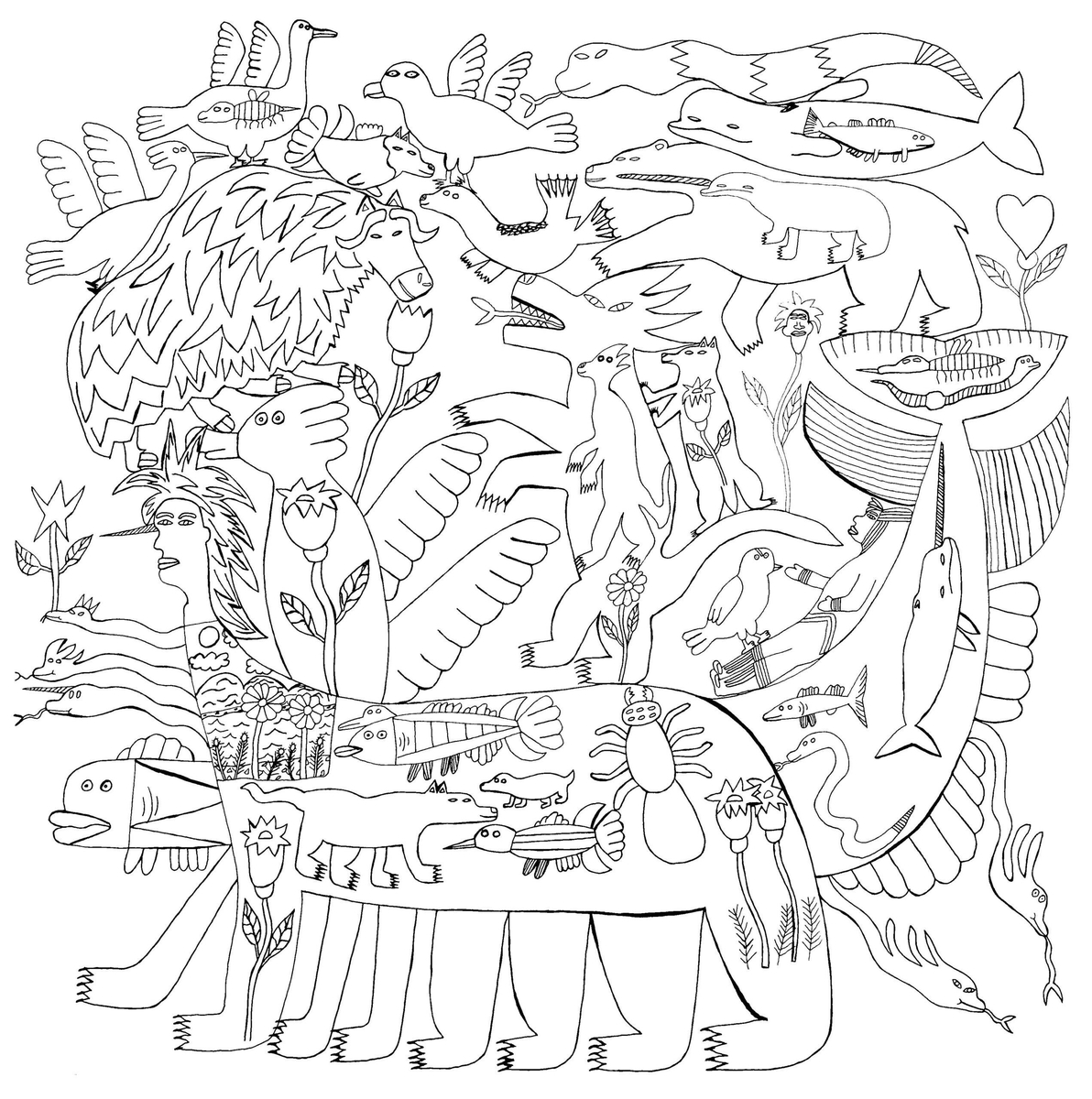- California Assembly OKs highest minimum wage in nation
- S. Korea unveils first graphic cigarette warnings
- US joins with South Korea, Japan in bid to deter North Korea
- LPGA golfer Chun In-gee finally back in action
- S. Korea won’t be top seed in final World Cup qualification round
- US men’s soccer misses 2nd straight Olympics
- US back on track in qualifying with 4-0 win over Guatemala
- High-intensity workout injuries spawn cottage industry
- CDC expands range of Zika mosquitoes into parts of Northeast
- Who knew? ‘The Walking Dead’ is helping families connect
Pansori-inspired Gwangju Biennale marks 30th anniv. with record number of pavilions
The 15th Gwangju Biennale is scheduled to launch this weekend in the southwestern city of Gwangju, featuring the highest number of pavilions in the event’s history.
This year marks the 30th anniversary of the biennale, which debuted in 1995 as Asia’s first art biennale. The 15th edition features works by 72 artists from 30 countries, exploring the theme “Pansori — A Soundscape of the 21st Century” through diverse contemporary artistic approaches.
“Pansori” is a genre of traditional Korean musical storytelling performed by a vocalist and a drummer.
The Gwangju Biennale has broadened its scope beyond national pavilions to include independent institutions, curators and cities. This year’s edition features an unprecedented 31 pavilions — more than triple the previous number of nine and will be open to visitors starting Saturday.
The Gwangju Pavilion, hosted at the Gwangju Museum of Art, will explore the democratic spirit of Gwangju and the historical significance of the 1980 pro-democracy uprising in Gwangju. More than 200 people were killed and 1,800 others wounded after a harsh quelling by the then military-backed government.
At the Canada Pavilion, located at Yangnim Art Center, visitors can experience collaborative works that document the relationships between Gwangju-based artists and Canadian Inuit artists, using “home” as a central motif. This collaboration delves into shared art making and deep discussions on topics like the Gwangju Uprising’s role in shaping Korean democracy and the complex relationship between the Canadian government and the Inuit people.
For the first time, the America Pavilion will be featured at the biennale, presenting “Rhythmic Waves,” a theme that explores the significance of Asian art museums in the United States today.
The Japan Pavilion features works by Akiko Utsumi and Terue Yamauchi, which listen to the myriad voices and silences historically embedded in Gwangju. The pavilion also seeks to create a connection to current global phenomena, highlighting how small voices continue to be drowned out by the ongoing cycle of violence around the world.

The main exhibition, curated by renowned French art theorist and curator Nicolas Bourriaud, is divided into three interconnected subsections inspired by the traditions of pansori.
This Korean musical storytelling form serves as a framework to explore the relationship between sound and space, with a particular focus on human living environments. The exhibition also addresses pressing contemporary issues, such as environmental sustainability and climate change.
Featured artists include South African Bianca Bondi, renowned for her nature- and environment-focused work, and American Max Hooper Schneider, celebrated for his sculptural installations and immersive environments.
As part of the related programs, “GB Talk” will be held five times throughout the exhibition, offering in-depth discussions and appreciation of the works showcased at the biennale.
The opening ceremony is scheduled for 6 p.m. Friday, and the biennale runs until Dec. 1.











